
This post describes some of the events that occurred in Ronda, a town in southern Spain, during the summer of 1936. After the Spanish Civil War broke out, Anarchists quickly took control of the town, and murdered many supporters of the Nationalist cause. Two months later, advancing Nationalist forces captured Ronda, and drove most of its people from their homes. Those that refused to leave suffered bloody reprisals. These events quickly became mythic rather than historic. In one story, the Anarchists had murdered the town’s Falangists by having them beaten to death in the town’s plaza and then thrown into the canyon that cuts through the center of the town. Ernest Hemingway recounted this version in his 1940 novel For Whom the Bell Tolls. However, most historians now agree that this never happened.
Ronda
Ronda is one of the most beautiful of the pueblos blancos (“white towns”) perched on the inland hills of Andalusia. The name comes from the buildings that were white-washed to protect them from the heat of the sun. Through the center of Ronda runs the Guadalevin River, which has carved through the limestone cliffs a steep-walled canyon, el tajo, reaching depths of more than 100 meters. The most striking bridge over the river is the Puente Nuevo constructed in 1793 at the point where the canyon opens into the huge valley know as la caldera (cauldron) The following illustration shows the bridge viewed from the West (left) and from the Southeast (right).
The large building just to the north of the bridge used to be Ronda’s casa consistorial (town hall) where the ayuntamiento or local council met. In the 1990s this was converted into a parador (state-owned luxury hotel). The following illustration shows the old city hall with its arcades facing the large town square. On the far left can be seen a low wall looking over the canyon.
Ronda has many other luxury hotels. The Hotel Reina Victoria, a summer resort for the English stationed in Gibraltar, was built on the cliff overlooking la caldera in 1906. The German poet Rainer Maria Rilke stayed there for several months in the winter of 1912-1913. The gardens beside the hotel have a commemorative statue of Rilke gazing out over valley (shown below in a photograph by Bryan Appleyard).
In Ronda, Rilke continued working on a set of poems that would not be complete until ten more years had passed – the Duino Elegies. He was also able to compose several poems about Spain. In the third part of a poem called The Spanish Trilogy he praised the peasants he could see in the valley, hoping that he might become as attuned to the universe as a simple shepherd:
Langsamen Schrittes, nicht leicht, nachdenklichen Körpers,
aber im Stehn ist er herrlich. Noch immer dürfte ein Gott
heimlich in diese Gestalt und würde nicht minder.
Abwechselnd weilt er und zieht, wie selber der Tag,
und Schatten der Wolken
durchgehn ihn, als dächte der Raum
langsam Gedanken für ihn.
slow stepping, not light-footed, his body lost in thought,
but splendid when he stands still. A God might
secretly take his form and not be any the lesser.
By turns he tarries and continues on like the day itself
and the shadows of the clouds
pass through him, as if the vast space
were thinking slow thoughts for him.
(translation Paul Archer)
The poetry is beautiful. However, one cannot help but wonder about how shepherd felt looking up toward the hotel on the cliff. And whether this young shepherd would participate in the revolution some twenty years later.
As well as the canyon and its bridge, Ronda is famous for its plaza de toros (bullring) which was built in 1785. The bullring is seen in the upper left of the aerial view of Ronda in the following illustration:
Ernest Hemingway (1899-1961) first visited Ronda in 1923 and became enamored of its site and of the bullfights (Buckley, 1997). In his 1932 book on the traditions of bullfighting, Death in the Afternoon, he remarked
There is one town that would be better than Aranjuez to see your first bullfight in if you are only going to see one and that is Ronda.
Hemingway visited Spain during the Civil War, although at that time he could not visit Ronda, which was controlled by the Nationalists. He returned to Ronda many times in the 1950s. For the bullfights, and for the memories.
The Spanish Civil War
In 1931, the Spanish king was deposed and a new government was proclaimed: the Second Spanish Republic, the first having lasted for less than two years (1873-1874) before being aborted by a military coup. The governing coalition of the Second Republic was composed of many separate and feuding parties, among them Anarchists, Communists, Republicans and Catalonian Separatists. The right-wing opposition contained parties favoring the Monarchy or the Catholic Church. The Falangist party, a fascist organization was founded in 1933 in response to the new republic.
The government had to deal with multiple problems
- much of the land was owned by the aristocrats, who managed large tracts of land (latifundia), and who treated the peasants as slaves
- the military was far larger and more powerful than necessary for a country that had long ago lost its empire
- the church sided with the generals and the aristocrats, for they were the source of their power and wealth
- the new industries, run by a small number of capitalists, exploited the workers who made the factories run, and who were organizing into unions
- the police force – the Guardia Civil – mainly existed to support the landed aristocrats and the capitalists.
The course of the Second Republic was extremely turbulent. The government reduced funds for the military, and closed down the military academy in Zaragoza, run by General Franciso Franco. Strikes occurred and these were put down with excessive force. Attempts to take land away from the latifundista were unsuccessful. The government tried to restrict the role of the church in the educational system. Many of the poor, urged on by anarchists and communists, attacked the church. In 1933, Pope Pius XI published an encyclical Dilectissima Nobis (“Dear to us”) specifically deploring the anti-clerical violence in Spain.
In the election of January,1936, the left-wing parties in the Popular Front won a majority against a coalition of the right-wing parties named the National Front. Many have suggested that the election was rigged to some extent, and the voting was followed by much violence. Manuel Azana Diaz (1880-1940), who had served in various positions in the preceding government, became the president of the newly elected Republican government.
In July 1936, General Emilio Mola, supported by General Franciso Franco, called for a coup to end the republic and to return the nation to its previous form. The leftist parties reacted by calling for a Revolution of the workers. The country descended into anarchy. The Nationalists (or Rebels) were able to take control the north of the country, but the Republicans (or Loyalists) held off the coup in the south and in the major cities. The Civil War had begun (Thomas, 1961; Graham, 2005: Payne, 2012).
The governments of Germany and Italy immediately provided assistance to the Nationalists, and Russia came in on the side of the Republicans. England and France decided that they should not intervene in the internal politics of Spain. However, volunteers from these and many other countries (even Germany and Italy) began to organize the International Brigades to fight with the Republicans: among them were the Abraham Lincoln Brigade from the United States and the Mackenzie-Papineau Brigade from Canada.
Soon after the coup was declared, Franco borrowed planes from Italy and Germany and transported troops from North Africa to shore up the Nationalists in Seville, a Catholic stronghold. The regions of the country controlled by the Nationalists (blue) and the Republicans (white) in July, 1936) are shown in the following map (derived from Preston, 2012, p 658):
From Seville, General Franco sent troops northward to join up with the Nationalists besieging Madrid. Another key point in the fighting was near Teruel, where Nationalist soldiers were attempting to advance to the sea to cut off Barcelona from Madrid. Franco also sent troops eastward to relieve the city of Granada.
Mola died in a plane crash in June of 1937, and General Franciso Franco Bahamonde (1892-1975) became the supreme leader (el caudillo) of the Nationalist forces. The following illustration shows the leaders of the two sides. On the left is a modernist stone statue of Manuel Azena by José Noja and Pablo Serrano that was not erected until 1979. On the right is a bronze equestrian statue of Francisco Franco by José Capuz Mamano initially cast in 1964. Various versions of this statue were erected in several of the major cities of Spain.
The following figure shows propaganda posters from both sides of the civil war. On the left is a poster stating “No Pasareis” (You shall not pass). This slogan and its variant “No Pasaran” (They shall not pass) was used by the Republicans throughout the war. The Communist politician Dolores Ibarruri Gomez (also known as La Pasionara – the passionate one) used the latter version in a famous speech urging on the defenders of Madrid in November 1936. The Republican poster comes from the two parties that were the mainstay of the Popular Front: the CNT (Confederacion Nacional de Trabajo) and the FAI (Federacion Anarquista Iberica). The right poster is from the Falangists. In the background are the four red arrows held together by a yoke, the Spanish version of the fasces (bundle of rods) of the Italian Fascists. Superimposed is a hand on a rifle. The call is “To arms – Homeland, Bread and Justice.”
Events in Ronda during 1936ca)
Soon after the military coup was declared in July, 1936, members of the CNT took control in Ronda and many of the small towns in Andalusia. Members of the Guardia Civil and many local Nationalist leaders were executed. Similar outbreaks of violence occurred in many regions of Spain. This “red terror” was not condoned by the Republican Government, which had difficulty controlling its many factions.
Once the Nationalists had shored up control of Seville, Franco placed the bloodthirsty General Queipo de Llano in command of retaking Southern Spain. After Granada was relieved, the Nationalists returned to the other cities of Andalusia. Reaching Ronda in September, 1936 they quickly subdued the town, and took bloody revenge. Those killed by the Nationalists far outnumbered those who had been murdered in the summer (Preston, 2012).
Exactly what had happened in Ronda during these early months of the war was not clear. The Nationalists declared that the anarchists had murdered several hundred people and thrown them over the cliff. This claim was used to justify their reprisals.
Many of the townspeople left Ronda and fled to Malaga, but this city soon fell to the Nationalists in February 1937. Republicans in Malaga were rounded up and shot. The Nationalists boasted that they executed more Republicans in seven days than the Republicans had killed in the seven months they were in control of the city (Preston, 2012, p 177).
Most of the citizens of Malaga, together with a few surviving Republican soldiers, then tried to reach Almeria along the coastal road – walking, riding donkeys and hanging onto rickety vehicles for a distance of about 200 km. These refugees were strafed and bombed by planes, and shelled by Nationalists warships. The number of people killed in what became known as the Malaga-Almeria Massacre was over 3000. The Canadian physician Norman Bethune used the few vehicles available to him to help the refugees travel to Almeria (Stewart, R., & Majada Neila, 2014), but this had little effect. The following photograph shows the refugees:
For Whom the Bell Tolls
Ernest Hemingway came to Spain toward the end of 1937 to produce a documentary film on the Civil War – The Spanish Earth – to help raise money for the Republicans. The photograph below shows him in the Republican trenches at Teruel (low center) together with the filmmaker Joris Ivens (high center).
After the Spanish Civil War ended in1939, Hemingway wrote For Whom the Bell Tolls (1940), a novel based on what he had heard about the violence perpetrated by both sides during the conflict. The following illustration shows some of the covers used by various editions of the book, the original on the left:
The epigraph to the novel is from John Donne’s Meditations upon Emergent Occasions (1624) The quotation ends with:
any mans death diminishes me, because I am involved in Mankinde; And therefore never send to know for whom the bell tolls; It tolls for thee.
The novel’s central character is Robert Jordan, an American Professor of Spanish, and an explosives expert, now a volunteer serving with the Republicans. In the spring of 1937, he is ordered to blow up a mountain-bridge to prevent Nationalist forces from Segovia from reaching Madrid. For this task he recruits the help of a band of Republican guerillas, led by Pablo and his woman Pilar. Jordan falls in love with Maria, a beautiful young woman serving as the band’s cook. Maria’s father, the Republican mayor of Valladolid, and her mother had been executed by the Nationalists early in the war. She herself had her head shaved, and was raped and imprisoned, before finally escaping to the mountains.
One evening, Pilar tells Jordan and Maria what had happened in Ronda at the beginning of the war. Pablo, the leader of the local anarchists in the town, had captured the barracks of the Guardia Civil and executed all the guards. He had also rounded up the main supporters of the Nationalists and imprisoned them in the city council. Pilar describes the center of the town (see preceding illustrations):
The town is built on the high bank above the river and there is a square there with a fountain and there are benches and there are big trees that give a shade for the benches. The balconies of the houses look out on the plaza. Six streets enter on the plaza and there is an arcade from the houses that goes around the plaza so that one can walk in the shade of the arcade when the sun is hot. On three sides of the plaza is the arcade and on the fourth side is the walk shaded by the trees beside the edge of the cliff with, far below, the river. It is three hundred feet down to the river.
Pilar then describes how the town square was set up for the execution of the fascists:
Pablo organized it all as he did the attack on the barracks. First he had the entrances to the streets blocked off with carts though to organize the plaza for a capea. For an amateur bull fight. The fascists were all held in the Ayuntamiento, the city hall, which was the largest building on one side of the plaza. It was there the clock was set in the wall and it was in the buildings under the arcade that the club of the fascists was.
Pablo organized the peasants and workers who had gathered in the square:
He placed them in two lines as you would place men for a rope pulling contest, or as they stand in a city to watch the ending of a bicycle road race with just room for the cyclists to pass between, or as men stood to allow the passage of a holy image in a procession. Two meters was left between the lines and they ex-tended from the door of the Avuntamiento clear across the plaza to the edge of the cliff. So that, from the doorway of the Ayuntamiento, looking across the plaza, one coming out would see two solid lines of people waiting.
They were armed with flails such as are used to beat out the grain and they were a good flail’s length apart. All did not have flails, as enough flails could not be obtained. But most had flails obtained from the store of Don Guillermo Martin, who was a fascist and sold all sorts of agricultural implements. And those who did not have flails had heavy herdsman’s clubs, or ox-goads, and some had wooden pitchforks; those with wooden tines that are used to fork the chaff and straw into the air after the flailing. Some had sickles and reaping hooks but these Pablo placed at the far end where the lines reached the edge of the cliff.
The assembled crowd was told that they must kill the fascists by beating them to death. One of the peasants asked Pilar why, and she reported the following exchange:
“To save bullets” I said. “And that each man should have his share in the responsibility”
“That it should start then. That it should start.” And I looked at him and saw that he was crying. “Why are you crying, Joaquin?” I asked him. “This is not to cry about.”
“I cannot help it, Pilar,” he said. “I have never killed any one.”
One by one, the fascists were led out of the city hall and made their way through the crowd of peasants. One by one, they were beaten and clubbed to death. And one by one, their bodies were cast over the edge of the cliff into el tajo.
This fictional representation of the Anarchist terror in Ronda is extremely powerful. In the novel Hemingway also describes Nationalist atrocities in Valladolid – the summary execution of Maria’s parents and her abuse and rape by the Falangists. This vivid portrayal of the brutality of the war should make us rethink our hatreds. We are all in this life together; we are diminished by the death of any man; the bell tolls for us.
Later in the novel, Jordan and the guerilla band succeed in blowing up the bridge. but Jordan is severely wounded and unable to move. He convinces that the rest of the band to retreat while he stays to delay the advancing Nationalists. He insists that Maria leave with the guerillas. The novel ends with Jordan trying to stay conscious as the soldiers come closer. Talking to himself, he claims
And if you wait and hold them up even a little while or just get the officer that may make all the difference. One thing well done can make ⸺
Hemingway leaves the thought unfinished. The novel ends with an officer of the Nationalist forces riding slowly up toward where Jordan awaits him.
The book sold well, and in 1943 it was made into a film starring Gary Cooper as Jordan, Ingrid Bergman as Maria, Akim Tamiroff as Pablo and Katina Paxinou as Pilar. The film was an international success, although it was not distributed in France or Germany until after World War II (see posters below). The film received multiple nominations for the Academy Awards, with Katina Paxinou winning for best supporting actress.
The film follows the novel quite closely. When Pilar recounts her tale of what happened in Ronda at the beginning of the Civil War, the movie shows in flashback some of the brutal executions in the plaza:
The bridge that Jordan dynamites just before the end of the movie is as high as the Puente Nuevo in Ronda:
Historical Accounts of the Events in Ronda
The history of The Spanish Civil War (1961) by Hugh Thomas was the first major examination of what happened in Spain during the war. The book became a best seller soon after it was published and it has since gone through two revisions and multiple printings:
Thomas discussed the events in Ronda:
In country districts. revolution itself often consisted primarily of the murder of the upper classes or the bourgeoisie. Thus the description, in Ernest Hemingway’s novel For Whom the Bell Tolls, of how the inhabitants of a small pueblo first beat the male members of the middle class and then flung them over a cliff, is near to the reality of what happened in the famous Andalusian town of Ronda (though the work was the responsibility of a gang from Malaga). There, 512 were murdered in the first month of war. (p 263 in 1989 printing)
Other historians have proposed that the Ronda executions described by Hemingway, although based on accounts he had heard, was completely fictional. Buckley (1997) described what happened in Ronda in the Summer of 1936, according to the records maintained in the town hall:
On 19 July 1936 the commander of the small army garrison in Ronda, upon reports of a military uprising in Morocco, went to the Town Hall with a small platoon and demanded that the mayor submit to his authority and publicly announce that the city was under martial law and the army was taking control. The mayor belonged to the left-wing coalition known as the Popular Front. He refused to follow the commander’s orders and swiftly disarmed him and his small band of soldiers, heavily outnumbered by the peasant groups beginning to assemble on the plaza outside the town hall. Thus, Ronda remained loyal to the Republican government of Madrid, and did not fall to the fascists until 18 September 1936.
However, it would be would be wrong to assume that during these two months the Republican government in Madrid had any control over the town or its inhabitants. As soon as the reports of a military rising in Africa began to spread, the peasants from neighboring villages poured into Ronda and in effect took control. Although the mayor was nominally in charge, the real power belonged to a “Comite” formed by the peasants themselves, most of whom belonged to CNT (Confederacion Nacional del Trabajo), the Anarchist Labor Union.
The task of this committee was three-fold: first, to arrest all persons suspected of having fascist sympathies; second, to insure that food was evenly distributed to all inhabitants (money was outlawed and vouchers with the CNT rubber-stamp were issued); third, to prepare to defend Ronda from a probable attack by fascist troops stationed in Seville.
The word “revolution” immediately comes to mind when we attempt to describe the situation in Ronda in summer 1936. The Secretary’s “Record of Proceedings” for 28 July 1936, preserved in Ronda’s Town Hall, displays revolutionary rhetoric: “[W]e are living through a moment of historic transcendence … the fascist coup has spurred the populace to rise to the last man and to demand social justice . . . a new society is being born, based upon liberty, justice and equality … justice has now become `revolutionary justice’ designed to cleanse the state of all fascist elements as well as to establish the basis for a new social order etc.”
Many priests and supporters of the Nationalist cause were executed. However, these victims were not killed in the plaza, but were driven away from the center of the town and shot. It is difficult to determine the number of those killed, but it was likely much less than the 512 claimed by the Nationalists. None of the bodies were thrown into el tajo. This story seems to have been invented by General Queipo to inflame his troops as they went about their reprisals.
Corbin (1995) considers the story about the executions in the plaza and the casting of the bodies into el tajo as an example of myth-making. Myths have their basis in historical events but the stories become altered in the telling, often to justify the actions of those in power:
Any story of the past has a double construction and a double truth. The truth of the tale told is its historical truth; the truth of its telling is its mythical truth.
The story of the executions by el tajo served the purpose of the Nationalists: it portrayed the class hatred of the anarchists and communists and the violence that they promulgated in the early weeks of the Civil War. This then justified their violent repression. Society must be protected from any recurrence of such revolutionary terror.
In The Spanish Holocaust (2012) which describes the repression of the Spanish Republicans during and after the Civil War, Paul Preston summarizes the events in Ronda:
Famous for its Roman and Arab bridges and its exquisite eighteenth-century bullring, Ronda had suffered a pitiless repression at the hands of anarchists led by a character known as ‘El Gitano.’ Initially, the CNT committee had maintained a degree of order although churches were sacked and images destroyed, but soon there were murders being carried out by anarchists from Malaga and also by locals. However, there is no substance to the claim, first made by Queipo in a broadcast on 18 August and popularized by Ernest Hemingway’s novel For Whom the Bell Tolls, that large numbers of prisoners were killed by being thrown into the tajo. The many rightist victims were shot in the cemetery. Francoist sources claim that victims of the red terror from Ronda and the nearby pueblos of Gaucin and Arriate numbered over six hundred. On 16 September, when Varela took the town, the defenders fled and his forces suffered only three casualties in the assault. His men stopped and interrogated anyone found in streets and shot many of them. Over half of the population fled towards Malaga. Under the new authorities, those of the town’s defenders who had not fled were subjected to a bloody repression and the theft of their property. (p 171)
In the White City
The American poet, Philip Levine, spent time in Spain trying to learn more about the Spanish Civil War and the poets that wrote about it (Levine, 2016). He also wrote about Ronda in a prose-poem entitled In the White City (2009).
From up there—& he points to the bridge high above us—they tossed down the fat barber, the Falangist, to his death. “It is all in the book by the American communist.” “The communist?” I say. Yes, the friend of Fidel Castro, Comrade Hemingway “The tourists come because of your Mr. Hemingway, that is why you are here.” Who can argue with this young, balding lieutenant of the Guardia Civil who has dared to leave his barracks lacking his tricorne & with only a small sidearm? In felt house slippers he stands at ease on the west streets of his town, Ronda, to show me the world. “On those rocks,” he continues, pointing to a ledge half way down the gorge, “he first hits & his belly explodes. Then they rape his beautiful daughter, the film star that is Swedish, & when they have finish they shave her head. That is why we execute them all.” Does he mean that is why in the novel the Nationalists executed them. (I am careful not to say “the fascists”; it is 1965.) “No, no, executed them here, in life or death”—he smiles at his little joke—“up there on the bridge”— & he points again,— “by military firing squad one at a time, properly. That is why the whole town must witness & learn. It is educational.” But, I insist, the death of the Falangist was merely in a novel that made no effort to be true to events, una novela, a fiction, a best seller. The lieutenant enjoys this repartee, he’s amused by my innocence, he shakes his head, he is discreet & patient with this visitor to his ancient city that boasts the first Plaza de Toros in all the world. “You Americans,” and he suppresses his laughter, “you think because he was a famous red he could not tell the truth. They do not give Noble Prizes to liars.”
The poem illustrates how history becomes mixed up with fiction, with movies, and with photographs to form the myths that we remember about the past. Hemingway was not a communist and, though he spent time in Cuba, he was not a friend of Castro (Michaud, 2012). This idea stems from photographs of the two of them together at a fishing competition, the only time they ever met. The character Maria in Hemingway’s novel, played by the Swedish film-star in the movie, was the daughter of a mayor who was executed in the Civil War, but this was in a different town, and the mayor there was a Republican executed by the Nationalists. The poem ends with the idea that fiction written by a winner of the Noble (sic) Prize has to be true.
The following is an etching of the Puente Nuevo in Ronda done by Gary Young for a broadside edition of Levine’s poem.
Epilogue
By the spring of 1938, the Nationalists ultimately made their way to the sea, isolating Barcelona from Madrid. After Franco’s troops marched into Barcelona in January 1939, Manuel Azana was among the thousands of refugees who fled from Barcelona to France. In March, Madrid was taken and Franco declared victory on April 1, 1939, and became the Prime Minister of Spain, continuing in this office until 1973. During and after the war, many thousands of Republicans were executed by the Nationalists in a repression known as the “white terror” or the “Spanish Holocaust” (Preston, 2012). Hemingway’s novel was translated into Spanish as Por quién doblan las campanas, but was not allowed into Spain until 1969. The movie was not shown there until 1978. Hugh Thomas’s history of the war was forbidden in Spain until after the death of Franco in 1975. Today Spain continues to unearth the bodies of those executed during and after the war, and to seek some understanding of the violence and brutality of those days (Anderson, 2017). The myths need to be converted back into history.
References
Anderson, P. (2017). Knowing and acknowledging Spain’s dark Civil War past. Journal of Contemporary History, 52(1), 129–139.
Buckley, R. (1997): Revolution in Ronda: the facts in Hemingway’s For Whom the Bell Tolls. Hemingway Review, 17(1), 49-57.
Corbin, J. (1995). Truth and myth in history: an example from the Spanish Civil War. Journal of Interdisciplinary History, 25(4), 609-625
Graham, H. (2005). The Spanish Civil War: a very short introduction. Oxford University Press.
Hemingway, E. (1932). Death in the afternoon. Scribner.
Hemingway, E. (1940). For whom the bell tolls. Scribner.
Levine, P. (2009). News of the world: poems. Alfred A. Knopf.
Levine, P. (2016). The Spanish Civil War in Poetry. In Levine, P. (edited by Hirsch E., 2016). My lost poets: a life in poetry. (pp 139-163). Alfred A. Knopf.
Michaud, J. (2012). Hemingway, Castro, and Cuba. New Yorker (May 24, 2012).
Payne, S. G. (2012). The Spanish Civil War. Cambridge University Press.
Preston, P. (2012). The Spanish holocaust: inquisition and extermination in Twentieth-Century Spain. HarperPress.
Stewart, R., & Majada Neila, J. (2014). Bethune in Spain. McGill-Queen’s University Press.
Thomas, H. (1961, revised and enlarged, 1989). The Spanish Civil War. Harper & Row.



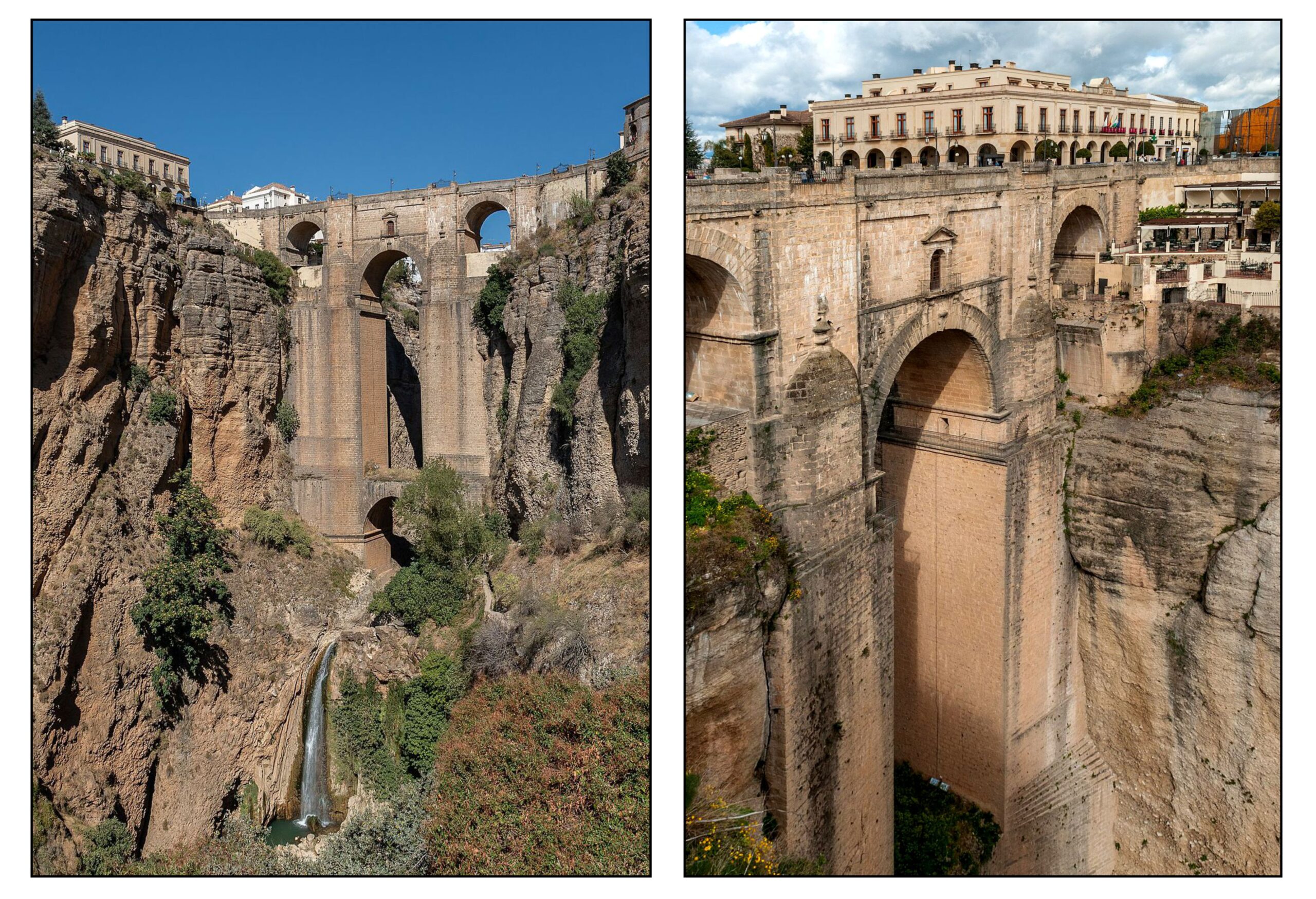

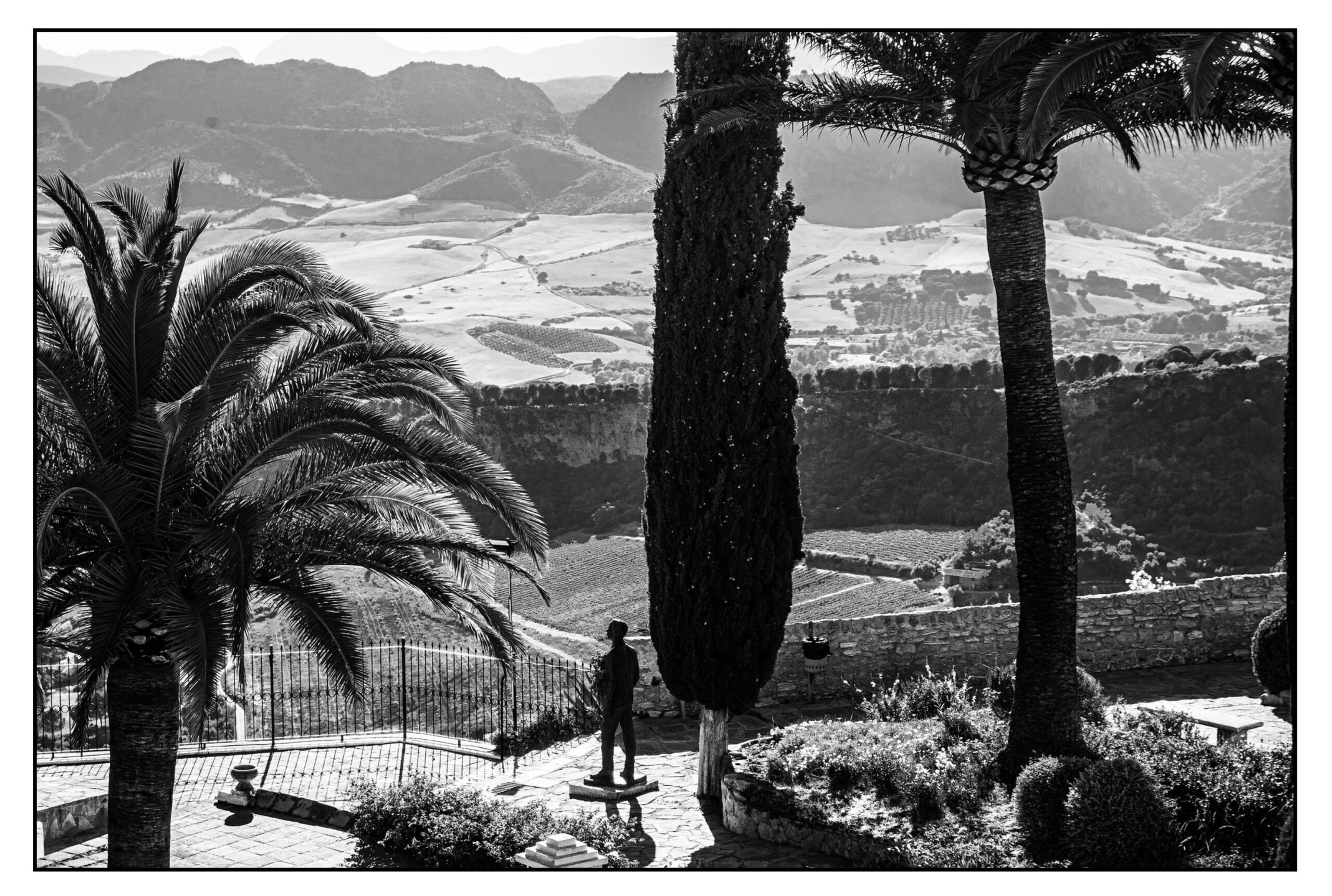

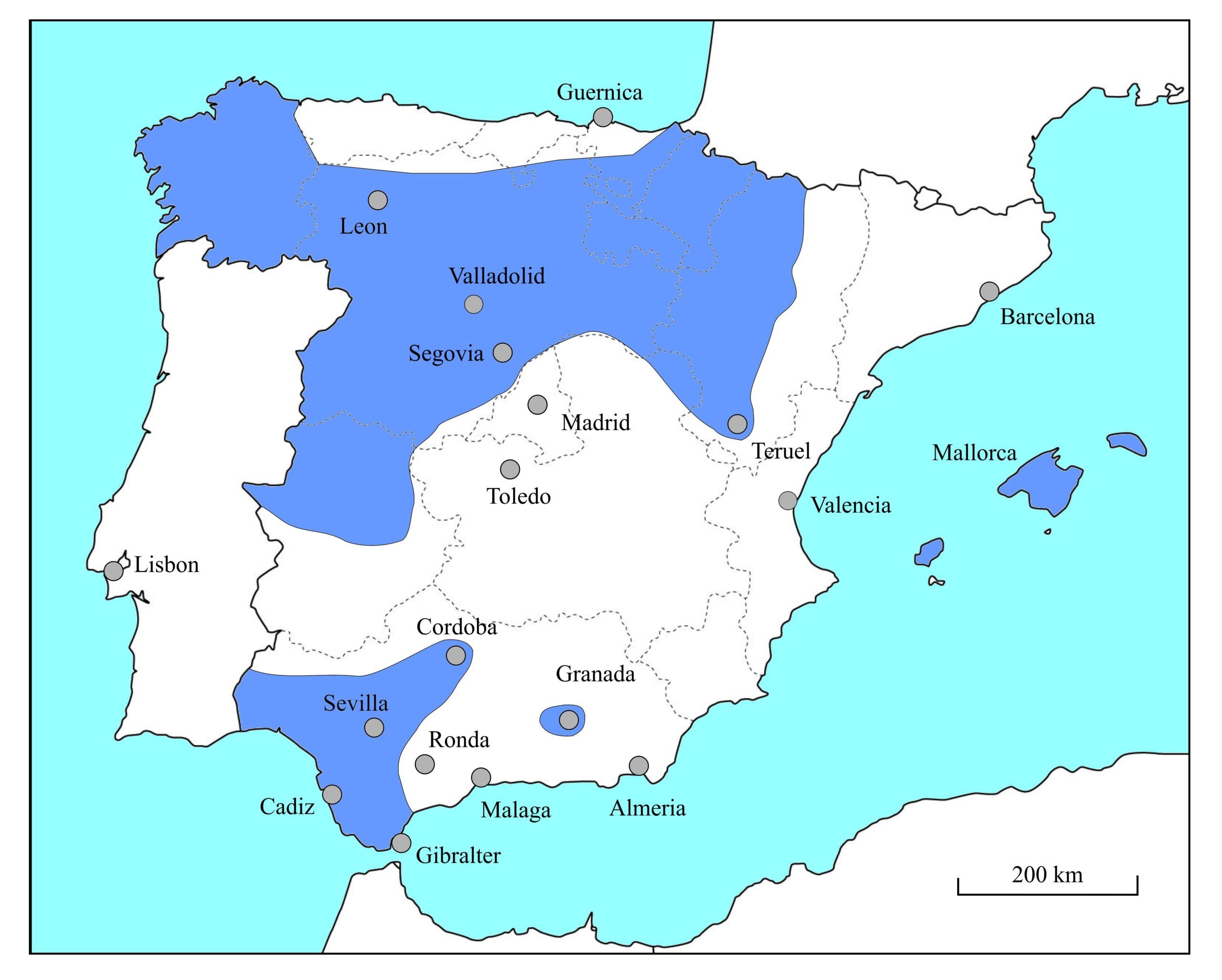
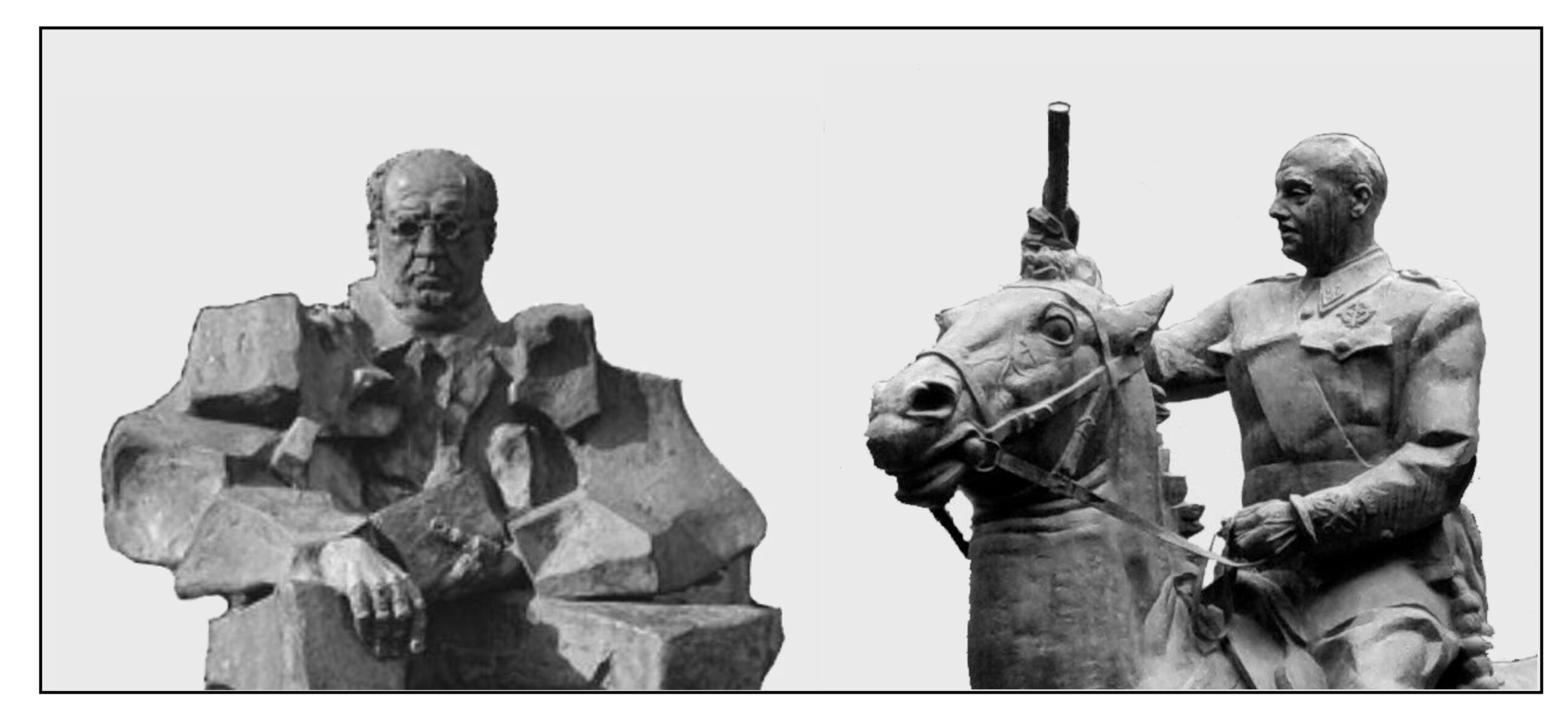
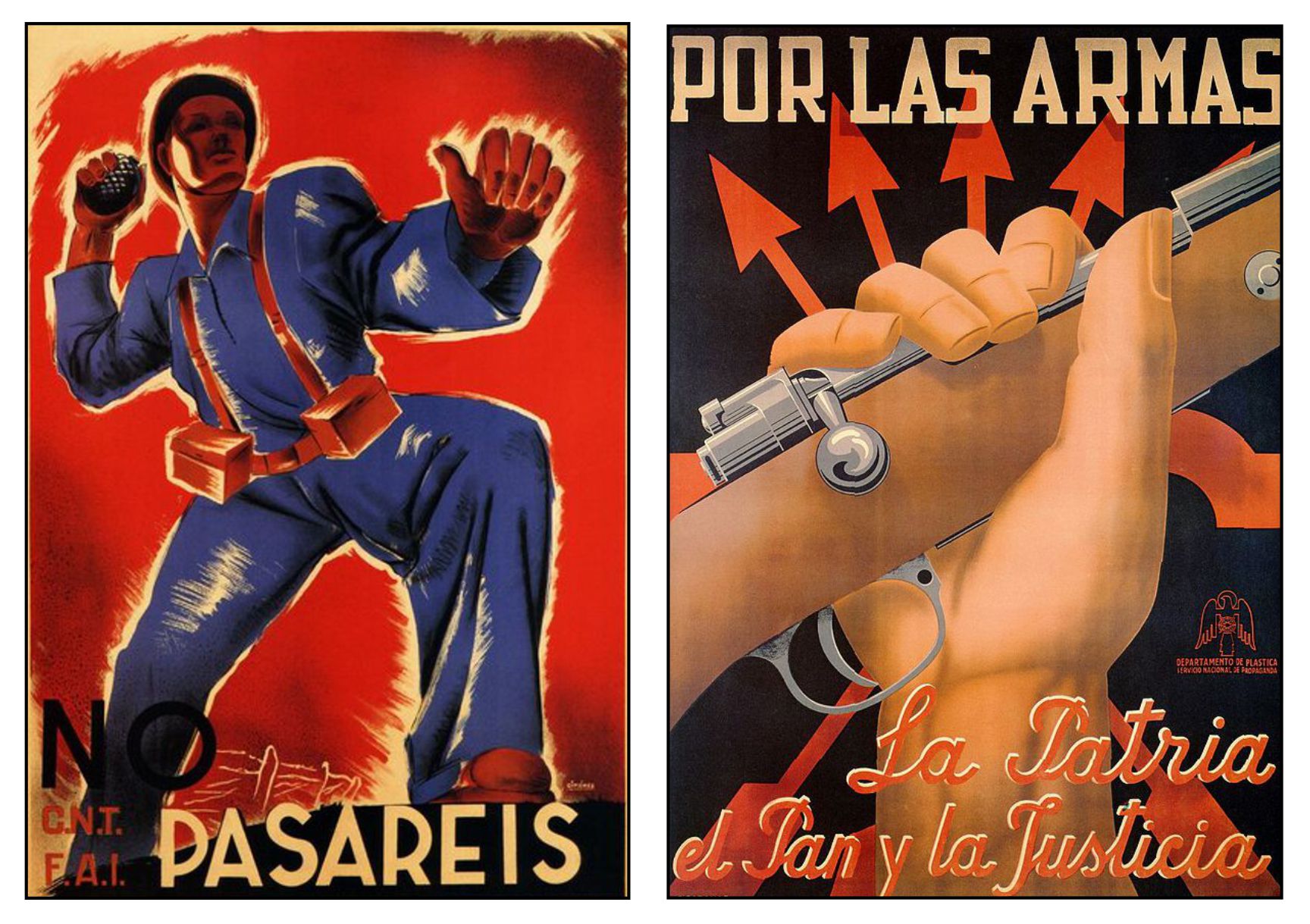
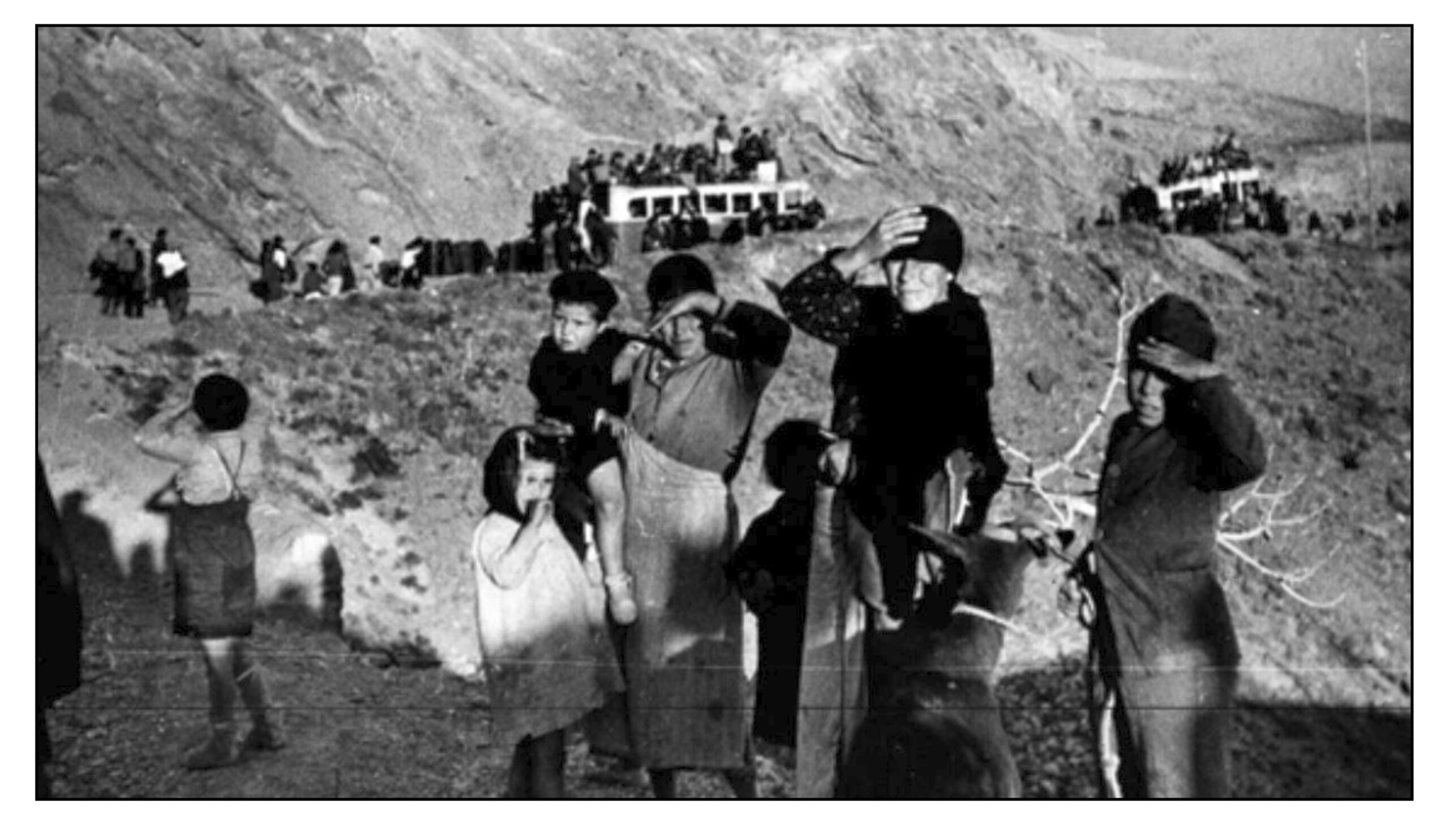
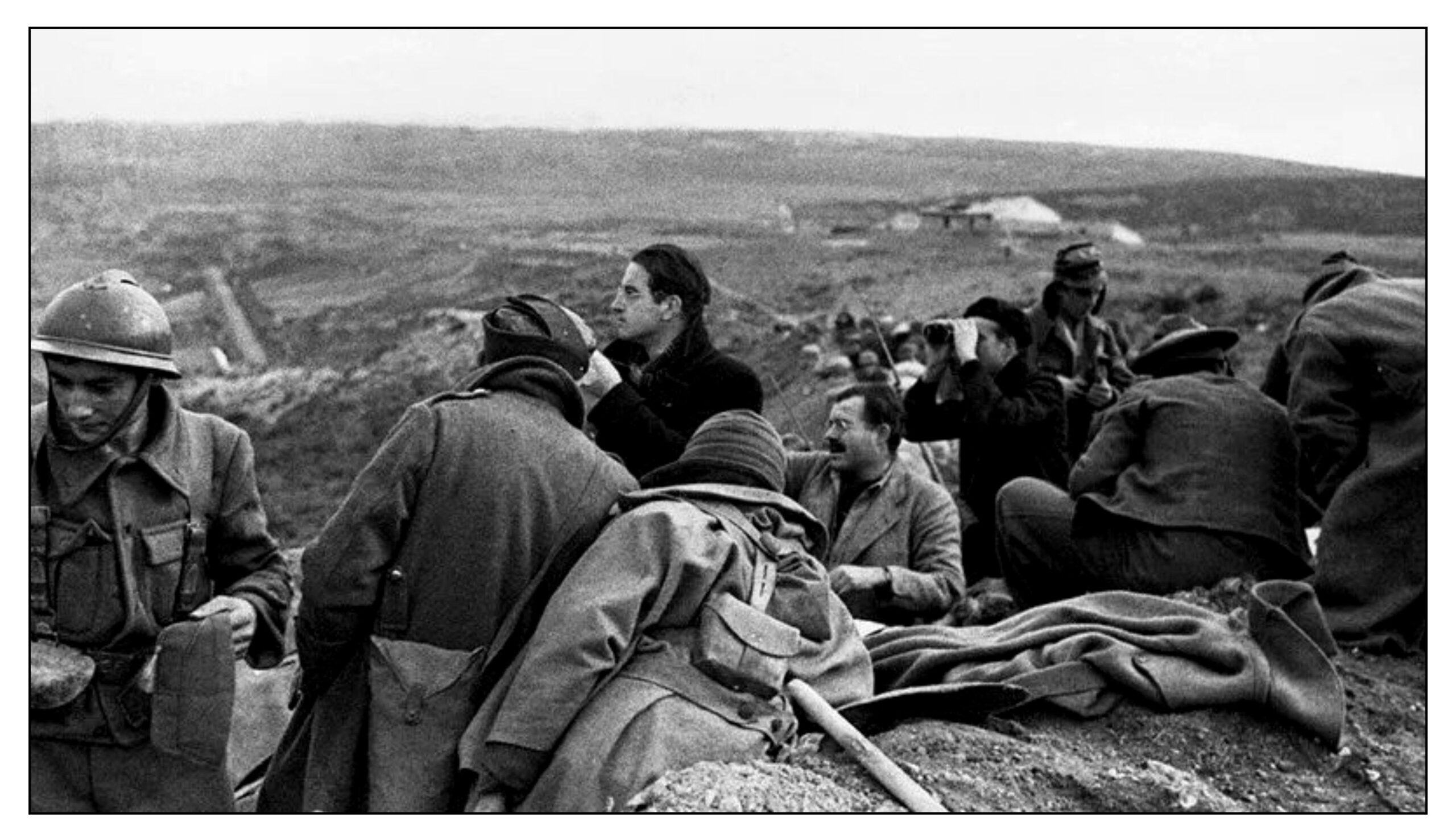
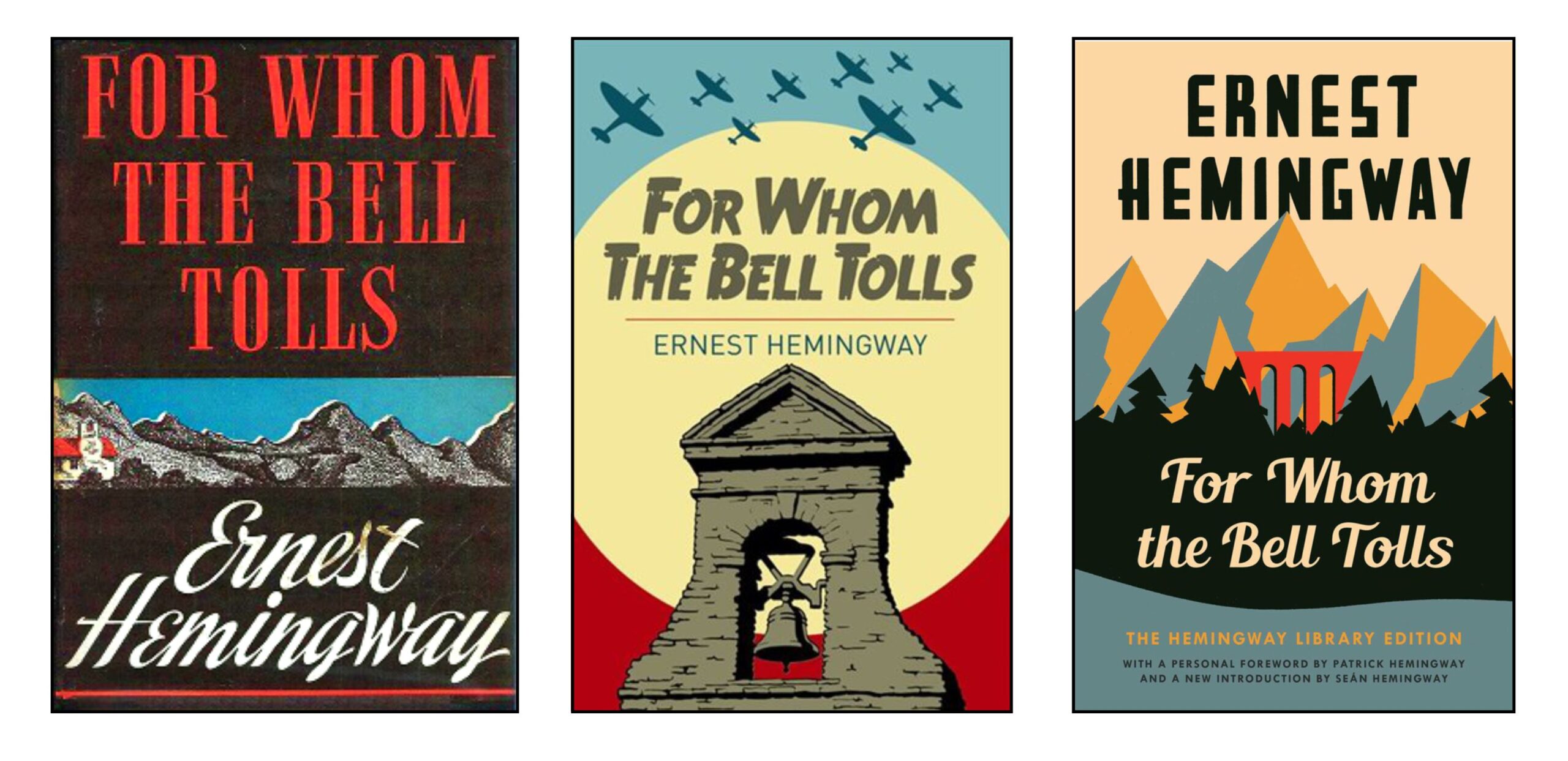
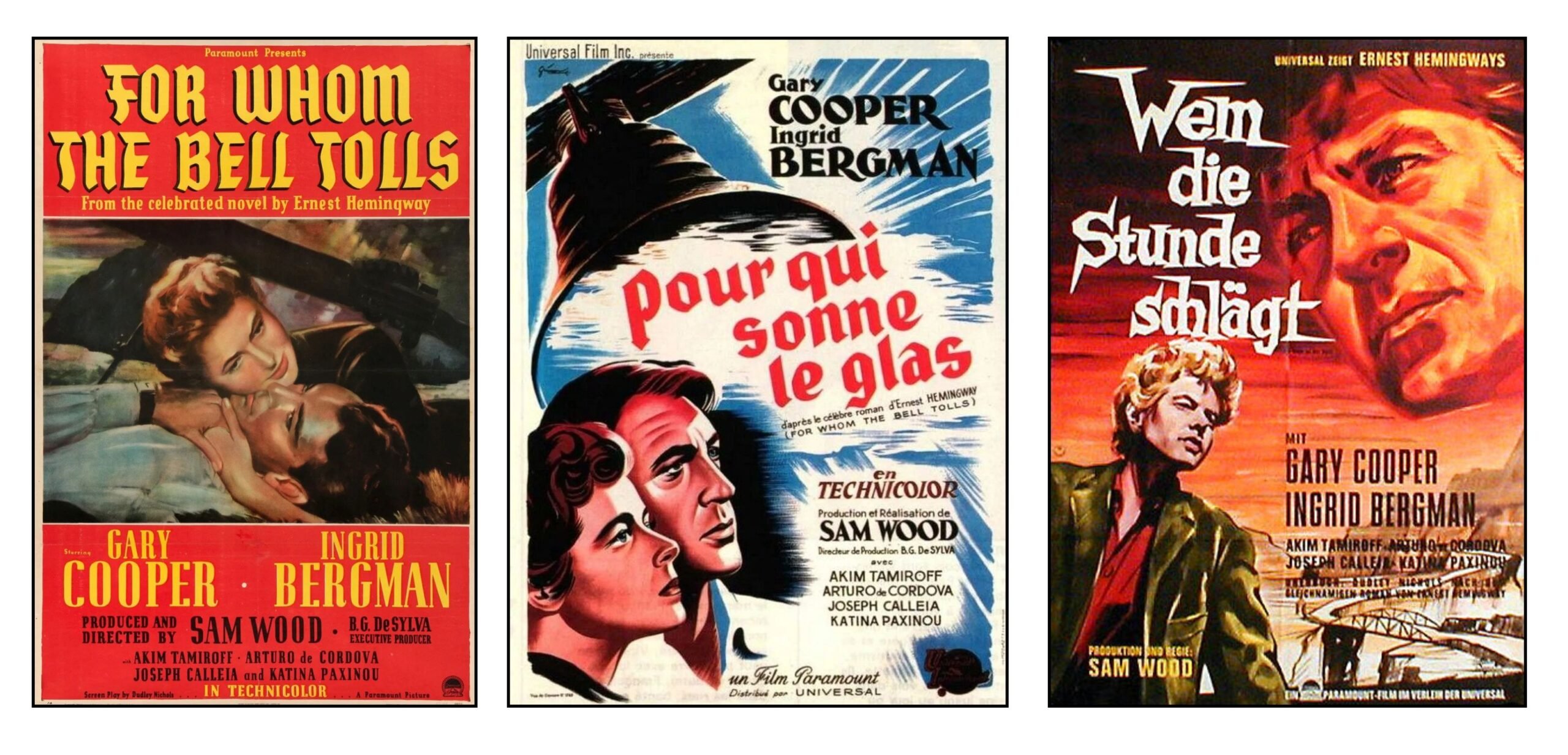
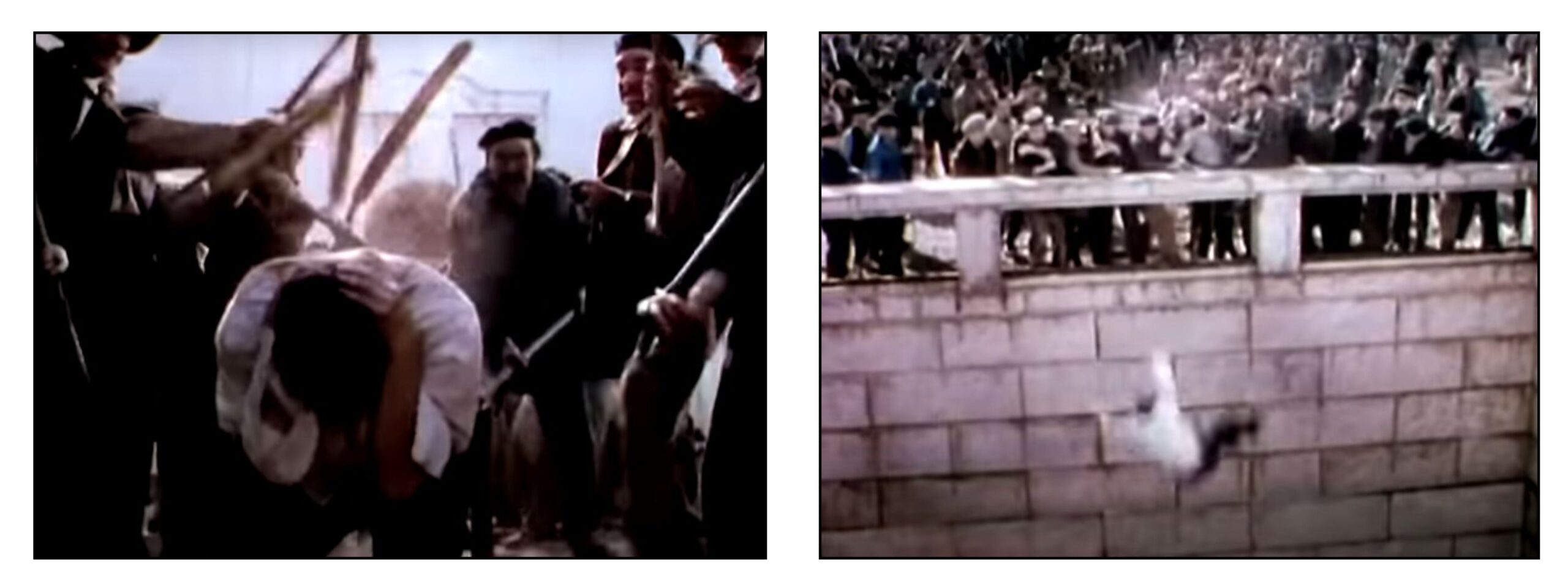

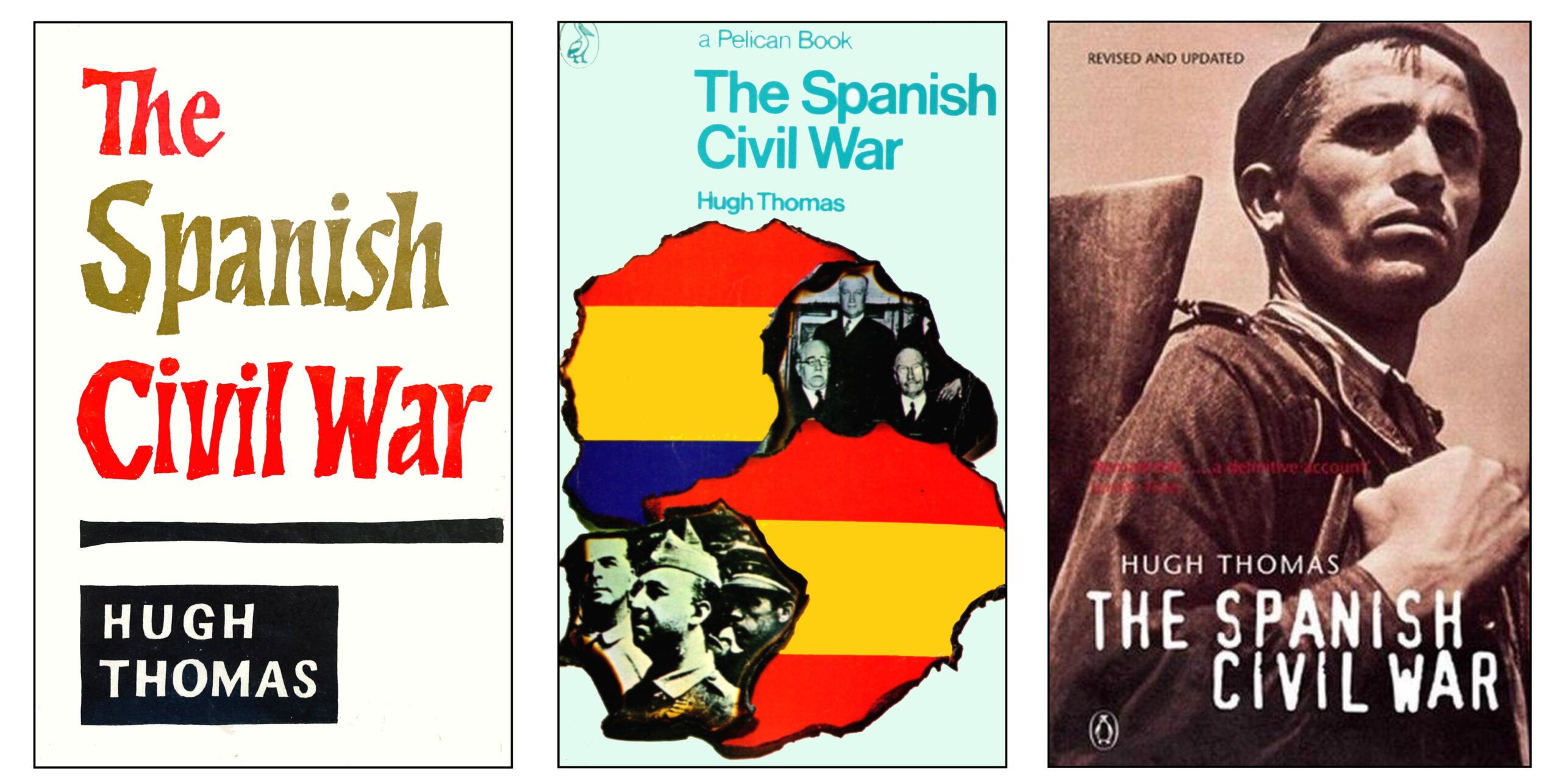
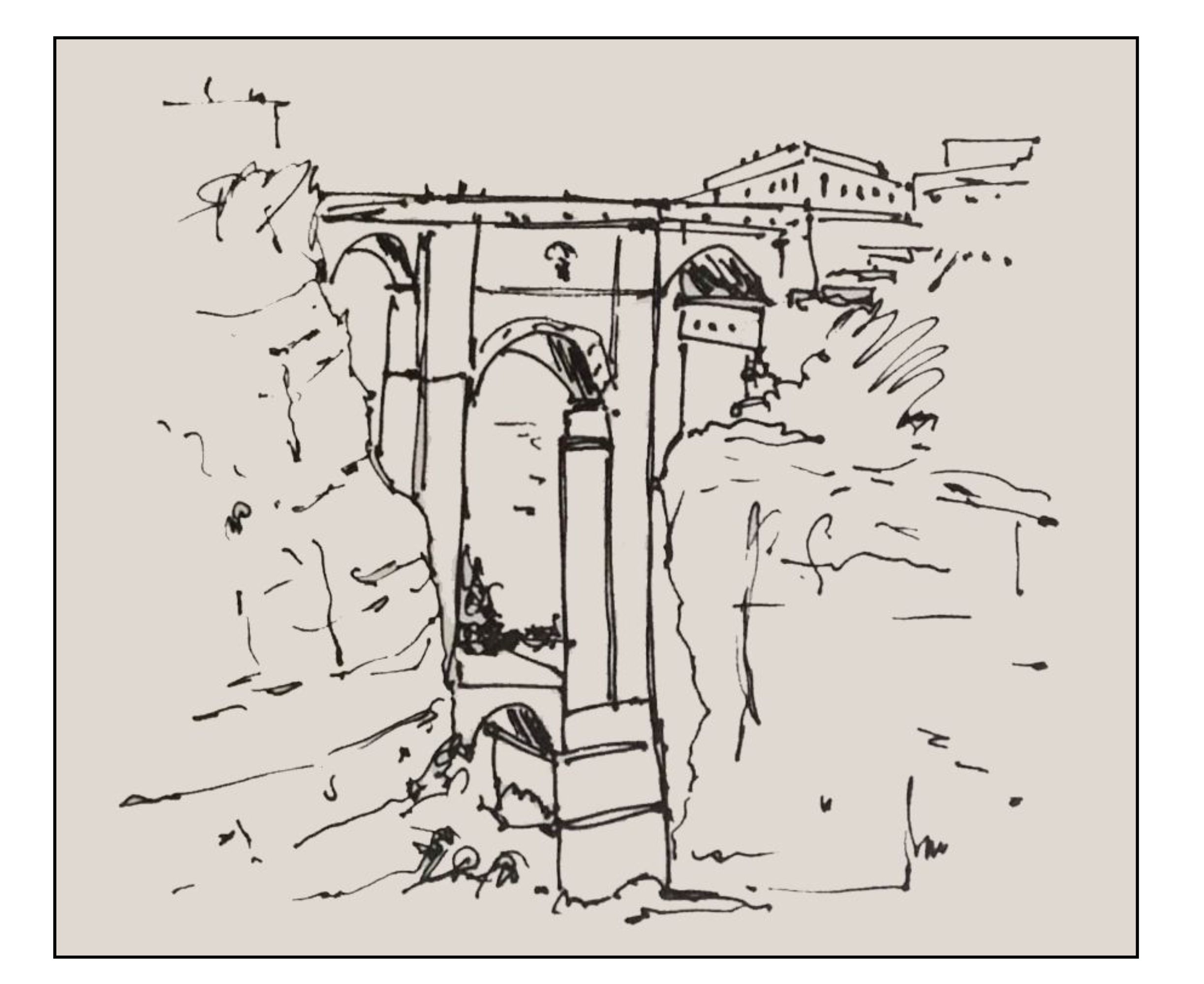
Interesting. I guess false news is nothing new.
I want to read Hemingway again.
I first read For Whom the Bell Tolls when I was a teenager. It was fun to read again.